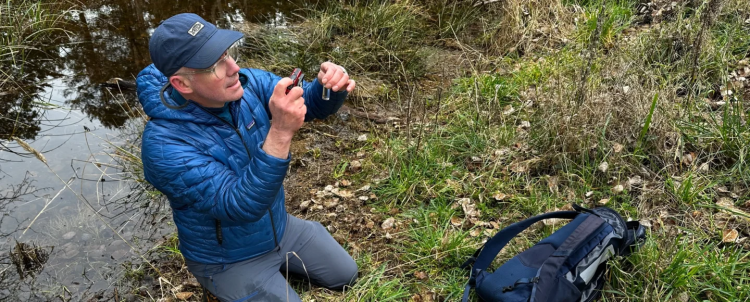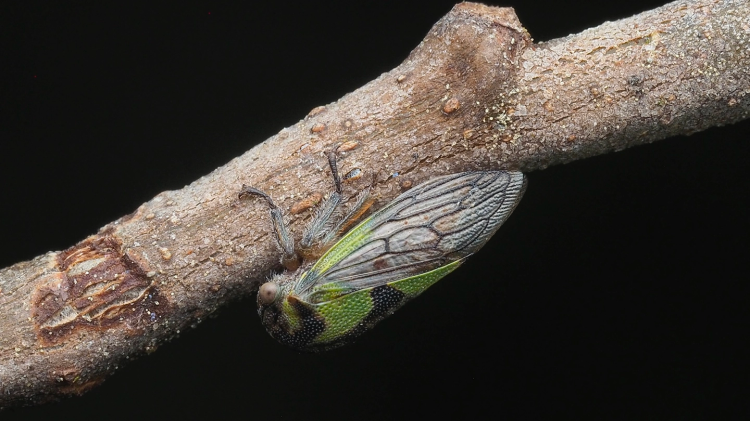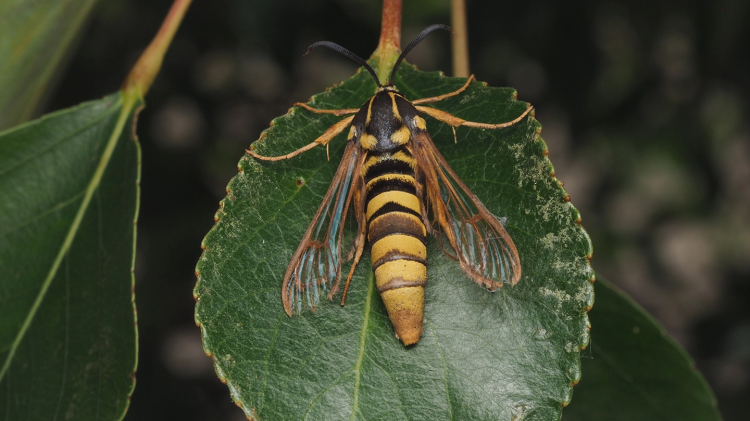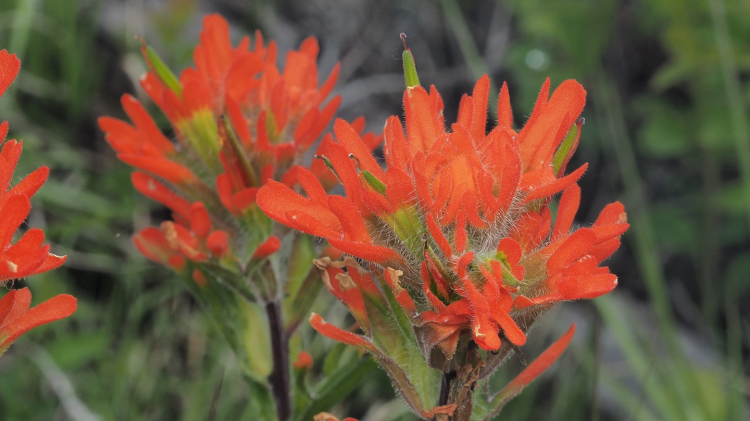UVic Environmental Studies professor Brian Starzomski and his students have an up-close-and-personal relationship with some pretty rare occupants of Planet Earth.
When student Finn McGhee spotted a Larger Pygmy Mole Grasshopper at BC's Vaseux Lake, Starzomski says it was "unusual, even shocking," to find it so far beyond its normal habitat range.

Brian Starzomski in the field.
PhD student Nathan Earley published a paper on finding the endangered Yellow Scarab Hunter Wasp farther north in BC than it had been seen before. Among other creatures he's spotted, Earley has also identified a wasp that was previously unknown in Canada.
The tool that McGhee, Earley and 3.7 million other people are using is iNaturalist, an online platform that combines individual photos with expert vetting for global data collection and storage.
"iNaturalist is one of the biggest sources of biodiversity data for ecologists in the world," Starzomski says. "It's also a great tool for teaching."

Platycotis maritima. Photo credit: Abby Hyde via iNaturalist.ca
While iNaturalist is an international program run out of California, there are many programs under that umbrella. One such program is the partnership between UVic, Simon Fraser University, and BC Parks. Since the partnership launched in 2019, almost 16,000 people have uploaded well over a million observations of 14,000 species from the province's 1,000-plus parks and protected areas.
Conservation and community
It's a remarkable community engagement effort whose extraordinary value is also supported by federal research funding, regional foundations and individual donors.
Students, scholars, volunteers with non-governmental organizations, families out for a weekend hike everyone's welcome to upload a geo-tagged photo to iNaturalist. An AI-powered tool will scan the photo and, using data from nearby locations, suggest an identification. People can then see the photo and confirm the identification or suggest a correction. Sometimes, there's stimulating online discussion, Starzomski says; clearly, the learning isn't limited to students.
"Anyone can participate by uploading photos of species to iNaturalist from anywhere in Canada," says John Reynolds, professor of aquatic ecology at Simon Fraser University and co-leader, with
Starzomski, of the long-running iNaturalist partnership with BC Parks. "This continues to generate discoveries that extend the known ranges of species, and improve our understanding of the status of threatened and invasive species."

Sesia pacificum. Photo credit: Elora Adamson via iNaturalist.ca
Supporting climate adaptation planning
The data collected by iNaturalist are regularly used to inform policy, Starzomski says. He volunteers on the Committee on the Status of Endangered Wildlife in Canada (COSEWIC), an independent group that advises the federal government on species at risk. Reynolds is the past chair of the organization.
"One of the first things we ask at a COSEWIC meeting is What does iNat show?'" Starzomski says. "We use these data in any assessment of every insect butterfly, bumblebee, dragonfly and more whether endangered or threatened."
Laura Pollock is a professor and director of the Quantitative Biodiversity Lab at McGill University, which coordinates Blitz the Gap, an iNat project to fill blanks in Canadian biodiversity knowledge.
"Understanding which creatures live where can help us protect them," she says. "When people participate in iNaturalist projects, it helps scientists and governments understand and conserve habitats."
It's so useful that, since 2019, Starzomski has been integrating the program into the third-year Environmental Studies course Past, Present and Future Ecologies, which he teaches twice a year.
Hyper local to wildly global
For the rest of us, there's an online slideshow with instructions, and an app so you can take photos and upload directly from your phone.

Harsh Paintbrush (Castilleja hispida). Photo credit: Elora Adamson via iNaturalist.ca
"iNaturalist," Starzomski says, "might be the most fun and most valuable project I've had in my career."
Whether the observations come from a hiker or snorkeller, from any of the seven continents, or from a third-year UVic student as part of a course assignment, all the data are collected within iNaturalist and available to anyone with an internet connection and an interest in the life all around us.
And isn't that almost everyone?
Respecting the rights of others and being in right relationship with all things is a guiding principle for UVic. The iNaturalist work of Starzomski, his colleagues, partners and students also supports the UN Sustainable Development Goals 13 Climate action; 14 Life on land; and 15 Life below water.










